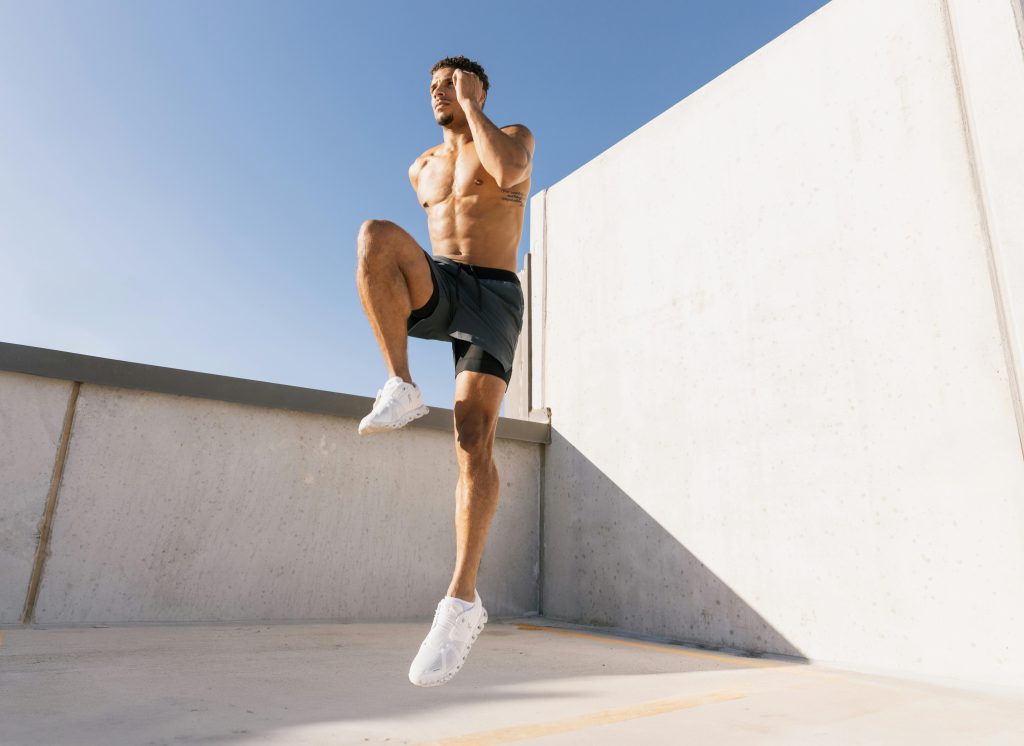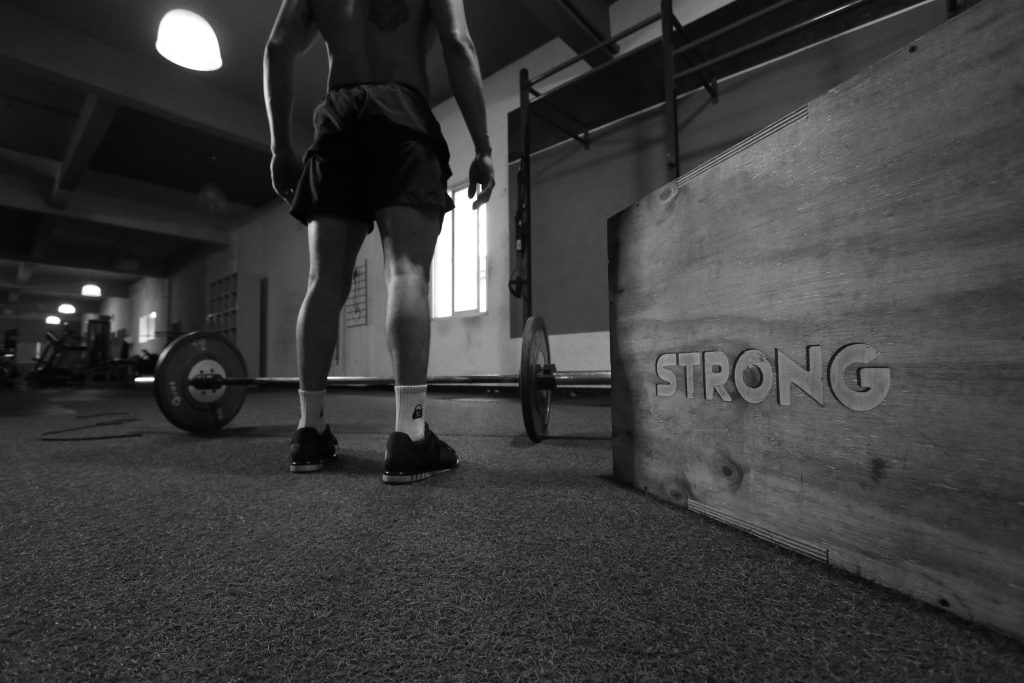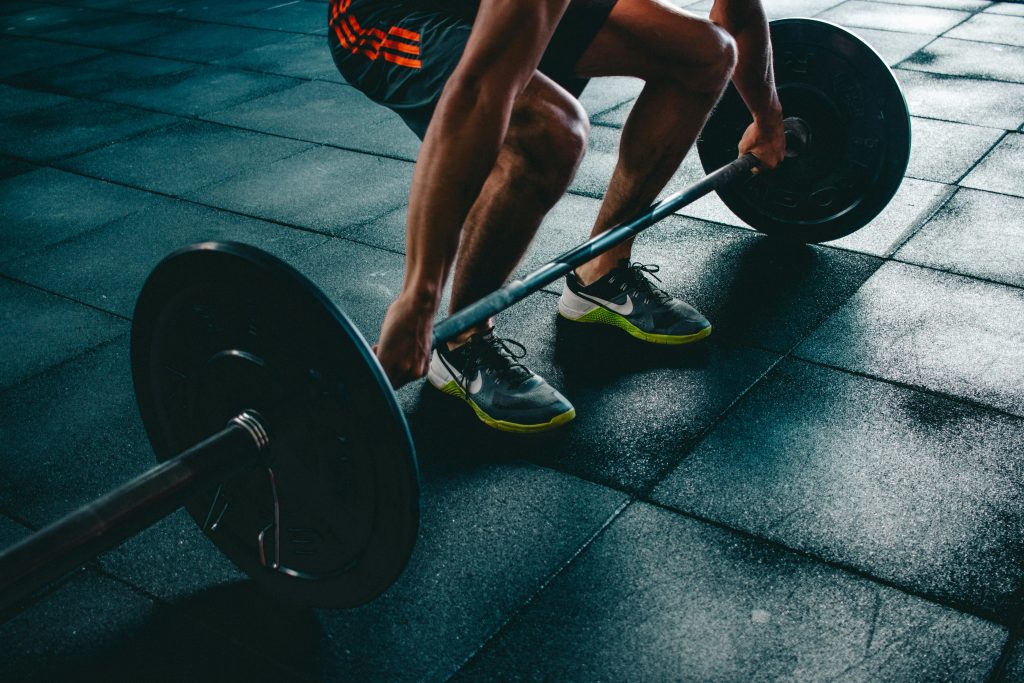Think you need a fully stocked gym to build strength? Think again. Strength training with minimal equipment is not only possible—it’s powerful, effective, and often more sustainable. Whether you’re training at home, in a park, or while travelling, a smartly designed routine using just your bodyweight or a few basic tools can deliver impressive results.

In this guide, we’ll show you how to build strength efficiently using minimal gear. From essential exercises to versatile equipment choices and expert-backed training tips, this post will help you stay strong and consistent—anytime, anywhere.
Why Train with Minimal Equipment?
Strength training doesn’t require rows of machines or racks of weights. What it does require is consistency, progressive overload, and smart movement patterns.
Benefits of Minimal-Equipment Training:
- Cost-effective: No need for a gym membership or expensive gear.
- Time-saving: Train efficiently in 30 minutes or less.
- Portable: Great for travel or outdoor workouts.
- Beginner-friendly: Reduces overwhelm and focuses on form.
- Functional: Many minimal-equipment exercises mimic real-life movements.
Fun Fact: Bodyweight training was used by ancient warriors and athletes—because strength doesn’t start with equipment, it starts with movement mastery.
Essential Equipment for Home Strength Training
If you want to keep things light and minimal, just a few versatile pieces of equipment can expand your options dramatically.
Must-Have Gear:
- Resistance Bands
- Great for pull exercises, adding tension, or assisting with bodyweight moves.
- Suspension Trainer (e.g., TRX)
- Uses your bodyweight with gravity for a full-body challenge.
- Adjustable Dumbbells or Kettlebell (1 pair)
- Compact yet scalable for progressive overload.
- Sturdy Chair or Bench
- Useful for step-ups, dips, and elevated work.
- Mat
- For comfort during core or floor-based exercises.

Bonus Tip: All of this gear fits in a backpack and can turn any room—or park—into a strength zone.
Core Bodyweight Exercises That Build Real Strength
Your body is the original barbell. Mastering bodyweight movements builds foundational strength, balance, and control.
Upper Body:
- Push-ups – Target chest, triceps, and shoulders.
- Inverted Rows (under a table or TRX) – Great for back and biceps.
- Chair Dips – Isolate triceps and improve lockout strength.
- Wall Walks or Pike Push-ups – Strengthen shoulders and core.
Lower Body:
- Squats – Bodyweight, goblet (with kettlebell), or jump squats.
- Lunges – Static, walking, or reverse lunges for glutes and quads.
- Step-ups – Use a chair or bench for a real-world strength boost.
- Glute Bridges – For hip drive, glute strength, and hamstring activation.
Core:
- Plank Variations – Standard, side, reach-throughs.
- Leg Raises – Great for lower abs and hip control.
- Russian Twists – Add resistance for an extra challenge.
- Superman Holds – Targets posterior chain and spinal support.
Challenge Yourself: Increase difficulty by slowing tempo, adding holds (isometrics), or increasing reps and sets over time.
Sample Strength Training Routine (No Gym Needed)
Here’s a well-rounded 3-day split you can do with just bodyweight and resistance bands:

Day 1 – Upper Body Strength
- Push-ups – 3 sets of 10–15
- Resistance Band Rows – 3 x 12
- Pike Push-ups – 3 x 8–10
- Triceps Dips (on chair) – 3 x 12
- Plank Hold – 3 x 30 sec
Day 2 – Lower Body Burn
- Squats – 4 x 15
- Step-ups – 3 x 10 each leg
- Glute Bridges – 3 x 15
- Resistance Band Lateral Walks – 3 x 10 steps each side
- Wall Sit – 3 x 30 sec
Day 3 – Core & Full Body
- Mountain Climbers – 3 x 30 sec
- Superman Hold – 3 x 20 sec
- Russian Twists – 3 x 20 reps
- Resistance Band Pull-Aparts – 3 x 15
- Burpees (Optional Finisher) – 3 x 10
Tip: Keep workouts under 45 minutes for consistency. Add rest as needed, but keep transitions tight to stay in rhythm.
How to Progress Without More Weight
One of the biggest myths in strength training is that heavier always means better. When using minimal equipment, you can build progressive overload in creative ways.

Ways to Progress:
- Increase reps and sets gradually over time.
- Slow down tempo (e.g., 3 seconds down, 1 second up).
- Add holds at the bottom of squats or push-ups.
- Reduce rest between sets.
- Move to single-limb exercises like pistol squats or single-arm rows.
Smart Progression: Aim for “technical failure” where your form starts to break—then stop, rest, and recover.
Mistakes to Avoid When Training With Minimal Equipment
Even simple setups can go wrong if you’re not intentional. Here’s what to watch out for:
Common Pitfalls:
- Poor form: Without mirrors or a coach, it’s easy to develop bad habits.
- Lack of structure: Random exercises = random results.
- Skipping warm-up: Always prep your joints and muscles.
- Neglecting rest days: Recovery is just as important as reps.
Fix It Fast: Record your workouts, use a timer, and keep a journal. Structure = success.
When and Why to Add Equipment
You don’t need a full gym, but a little gear can go a long way—especially when you’re ready to take things up a notch.

Consider Upgrading When:
- Bodyweight work no longer challenges you
- You want more variety
- You’re working toward specific goals (e.g., hypertrophy or strength endurance)
Start with resistance bands, then move to dumbbells, kettlebells, or a suspension trainer. These tools still fall under “minimal equipment” but massively expand your exercise potential.
Conclusion: Minimal Gear, Maximum Results
You don’t need fancy machines or crowded gyms to get stronger. With a smart approach, minimal equipment, and bodyweight mastery, you can build functional, sustainable strength anytime and anywhere.
Ready to ditch the excuses and embrace strength training on your terms? Whether you’re at home, on the go, or building a minimalist workout space, TrackPath.com.au is here to help with expert tips, training tools, and everything you need to stay on track.


